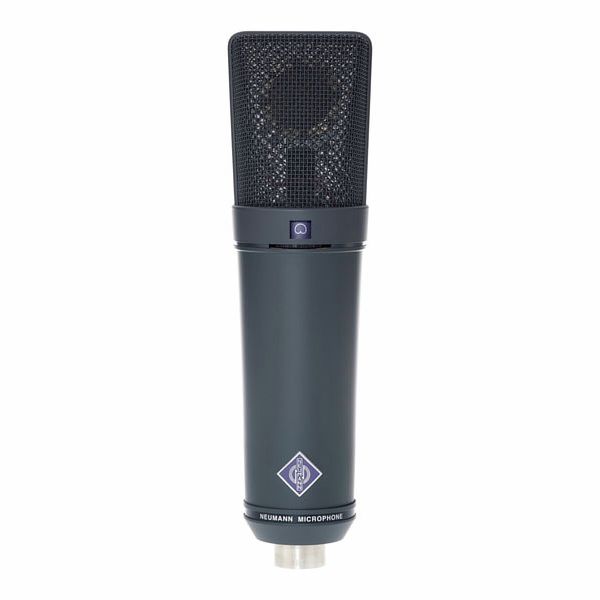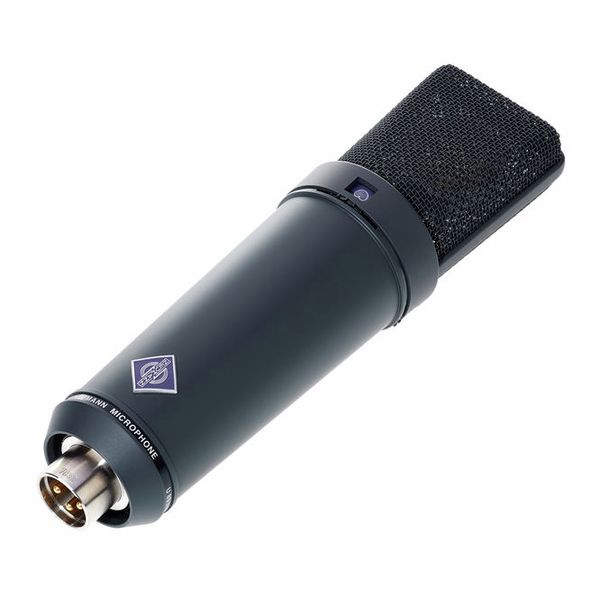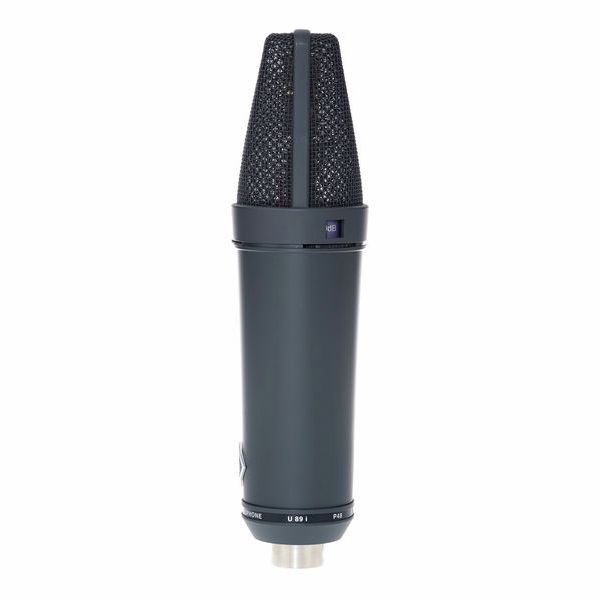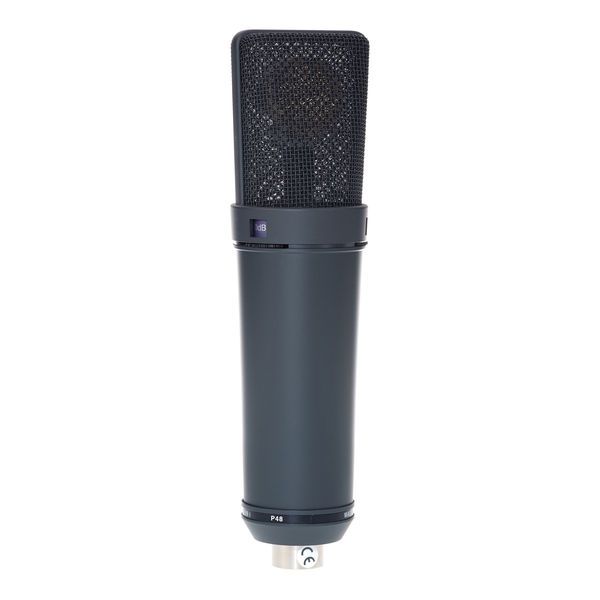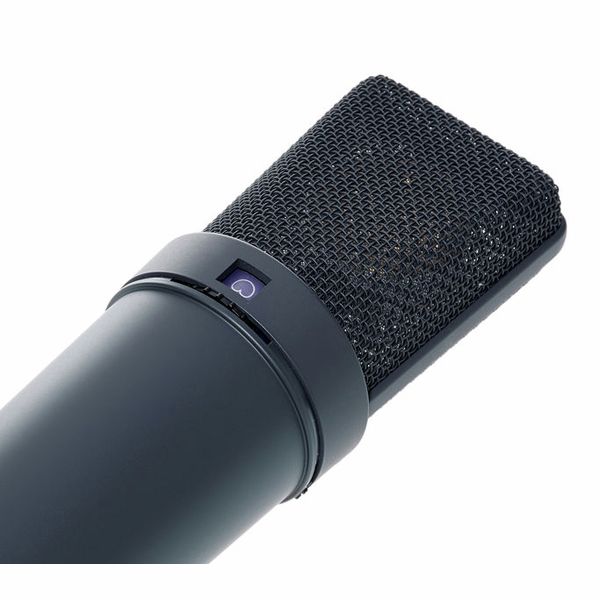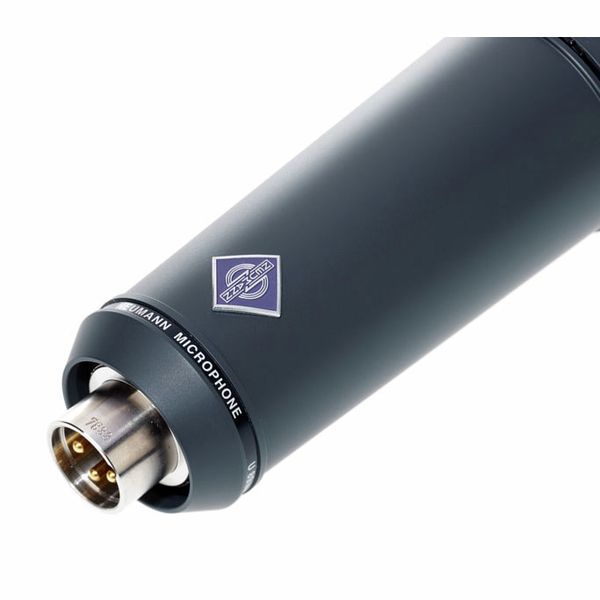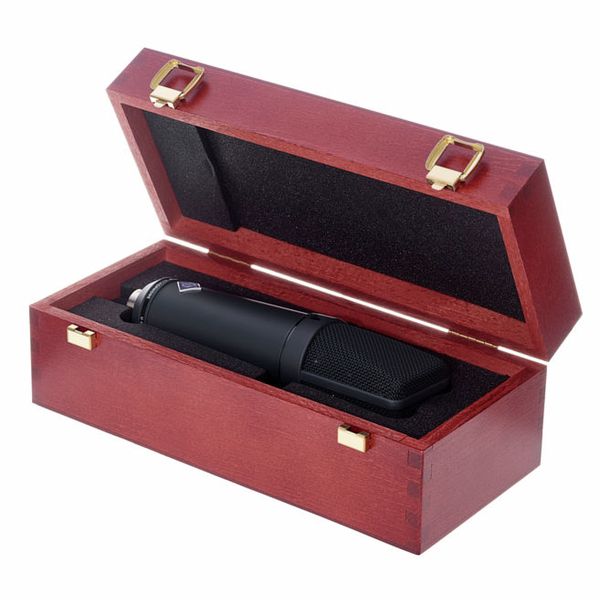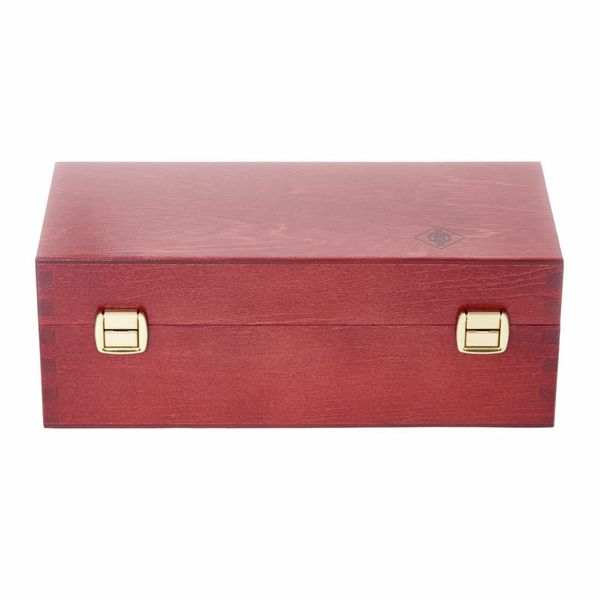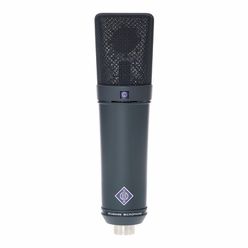Micrófono de condensador de estudio
- Patrones polares: omnidireccional/cardioide/figura de 8
- Atenuador pad de 10dB
- Micrófono clásico para canción, habla o para tomas aéreas
- Respuesta en frecuencia: 20Hz - 20kHz
- Sensibilidad: 8mV/Pa a 1kHz
- Impedancia nominal de 150 Ohmios
- Impedancia nominal de carga: 1000 Ohmios
- Nivel de ruido equivalente (CCIR 468-3): 28dB
- Nivel de ruido equivalente (DIN / IEC 651): 17dB - A
- Ruido (CCIR 468-3): 66dB
- Ruido (DIN / IEC 651): 77dB
- Máximo SPL (THD <0,5%): 134dB
- Máximo SPL (THD <0,5% con atenuación): 140dB
- Tensión máxima de salida: 800mV
- Rango dinámico del amplificador (DIN / IEC 651): 117dB
- Tensión de alimentación: 48V ± 4V
- Consumo de corriente: 0,8mA
- Peso: 400g
- Diámetro: 46mm
- Longitud: 185mm
- Color: Negro Mate
- Incluye caja de madera
Disponible desde
Enero 2008
número de artículo
195558
Precio por
1 Unidad(es)
Válvulas
No
Características direccionales conmutables
Sí
Omnidireccional
Sí
Patrón cardioide
Sí
Figura 8
Sí
Low Cut
Sí
Pad
Sí
Incl. araña
No
Micrófono USB
No
-
Neumann Micrófonos de membrana grande mostrar
-
Indicar Micrófonos de membrana grande en gama de precios de 3000 € - 3500 €
-
al grupo de productos Micrófonos de membrana grande
-
al grupo de productos Micrófonos
-
Mostrar información del fabricante de Neumann
-
Neumann Micrófonos vista general





